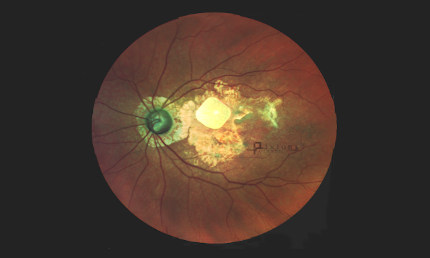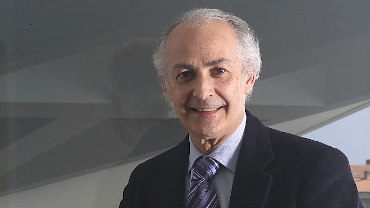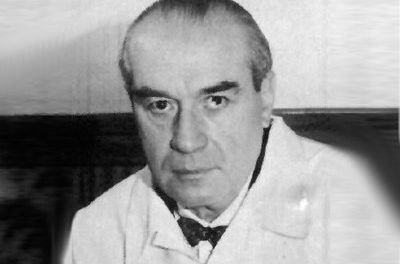 Borja Corcóstegui, cofounder and medical and scientific director of the Institute of Ocular Microsurgery and the European School of Advanced Studies in Ophthalmology and full academician of the Royal European Academy of Doctors-Barcelona 1914 (RAED), developed during the 2nd Interdisciplinary Congress of the RAED, held last February at the Vichy Catalán Spa Hotel, in Caldes de Malavella (Girona), the current concept of artificial vision based on the latest studies with stem cells, gene therapy and development of the electronic retina with a presentation that It was precisely this title: “Visión artificial” (Artificial vision).
Borja Corcóstegui, cofounder and medical and scientific director of the Institute of Ocular Microsurgery and the European School of Advanced Studies in Ophthalmology and full academician of the Royal European Academy of Doctors-Barcelona 1914 (RAED), developed during the 2nd Interdisciplinary Congress of the RAED, held last February at the Vichy Catalán Spa Hotel, in Caldes de Malavella (Girona), the current concept of artificial vision based on the latest studies with stem cells, gene therapy and development of the electronic retina with a presentation that It was precisely this title: “Visión artificial” (Artificial vision).
Pioneer in the introduction and development of vitrectomy in Europe and a precursor in the union of clinical and genetic retinal research, Corcóstegui explained succinctly and didactically the current stem cell treatments, gene therapy and retinal implants so that people with little or no zero vision get your sight back.

Dr. Borja Corcóstegui
“The requirements to be able to use any of the artificial vision systems mentioned above is that the multilayer anatomy of the retina has a certain integrity of the transmitter cells and that the conditions of the bipolar cells and ganglion cells have a degree of functionality to be able to transmit the light sensations through the optic nerve, that is, that the photoreceptors are altered, and that the loss of vision is due to a lack of integrity of the photoreceptor cells and pigmented epithelial cells that also help in the receptor function fundamentally. Many times there is also alteration of the small choroidal vessels that form a set with the cellular structures”, he said before addressing the development of the different techniques.
Corcóstegui explained how the eye is an ideal therapeutic model to stimulate the surviving cells in a pathological process through the new biological treatments. “Because, with the healthy retina, we have an immunological privilege that naturally gives us the retinal vascular barrier, also the ease and objectivity of the eye’s functional measures facilitates the assessment of its therapy effectiveness. The possibility of directly assessing retinal structures, the contra-lateral eye can also act as a control organ by not being treated if it has a symmetric disease. It’s also an organ isolated in some way to the rest of the organism”, he said.




